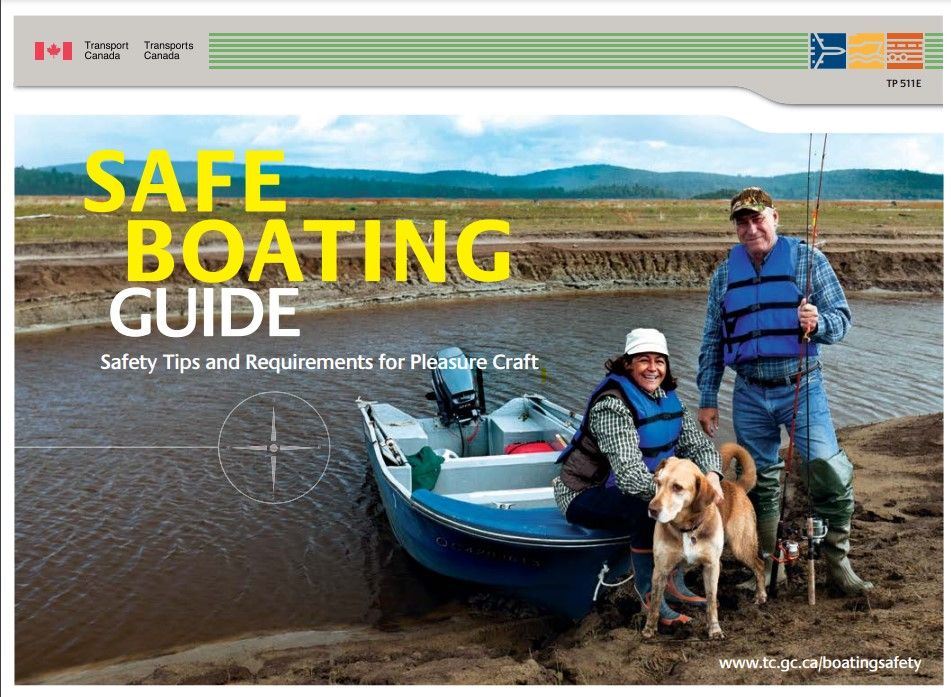- Home
- Other Boating Resources
Be Able to Identify Your BoatYour car has a VIN (Vehicle Identification Number on your dashboard). Your boat has a HIN (Hull Identification Number) located on the starboard side on or near the stern. Even your PWC, paddleboat and paddleboards have and HIN! Keep record of your HIN numbers on your phone or in your home. Prove That You Own Your BoatIn Canada, there is no government-issued slip that proves ownership similar to the on for your car. Your bill of sale proves that you own your boat. Keep a laminated copy on board at all times. Insure Your BoatYour boat is not insured simply because your house, cottage and car happen to be. Contact your insurance representative a week or so before you take delivery. If you have a boat that is not insured, do not untie or even launch it. Contact your insurance representative immediately. Buy, Sell or Transfer Ownership of Your BoatTo sell or transfer ownership of a licensed boat, sign the back of the license document. If you cannot locate that document, contact Service Canada. When a boat is sold, the purchaser is required to sign the back of the same document and submit it to Service Canada within 90 days. View more information from Transport Canada. | Review the Safe Boating GuideThis is where to go to find out how to:
This is the Government of Canada's official guide to safe boating. The government does not charge for this guide. You can obtain the guide online, which means that you can easily access the most up-to-date version right at your fingertips. This is not a guide to 'prep" for the Operator's Card test. Such "prep" guides are supplied for a fee as part of the training provided by an accredited course provider. For additional safe boating information from Transport Canada, visit the Office of Boating Safety. Use Charts and GPS Charts ChipsMany boaters never look at a chart. They say, "I know where my cottage is". Charts are not merely for getting directions. For example they show hazards that lurk beneath or at the surface of the water. If you hit one, it can ruin your boat and lead to injury or death. And charts lay out your safe path in the dark. Night or day, before you head out, study your intended path on a chart. You may be able to purchase charts at a marina. Make sure that you buy an official chart, not "a map". For example, a document that shows ads is not a chart. The government of Canada's Canadian Hydrographic Service is the only author of official charts. They have a catalogue of 2,000 of them. You can purchase official paper or digital charts online. For GPS, make sure your chip is for a chart not a map. A single chart chip covers a vast area such as southern or central Ontario (that includes Muskoka), upper New York state and part of the St. Lawrence Seaway. Paper charts provide perspective the GPS does not. It can be helpful to use a paper chart to plan your trip and GPS to confirm where you are. Also, GPS allows you to zoom in to view fine detail, such as submerged rocks. Using charts isn't a restriction. It gives you freedom! Freedom to visit and explore the unique majesty of our beautiful lakes and rivers. Enjoy! License or Register Your PowerboatThe Small Vessel Regulations require that all pleasure craft of all sizes equipped with one or more primary propulsion motors of 10hp (7.5KW) or more must be licensed, unless they are registered. Licensed? A licence is the set of numbers that normally appears on both sides of the bow (eg: ON XXXXX), must be a contrasting colour to the hull and 4 inches high. If you bought your boat "brand new", the dealer likely licensed the boat for you so that is had its numbers displayed when you took delivery. Otherwise you can license a previously unlicensed boat. The licence comes with a vessel license document to use when you sell or otherwise transfer ownership of your boat. If you misplace the document, contact Service Canada. The licence is valid for a fixed term, currently 10 years. Transport Canada is considering shortening this to 5 years. When you renew, be sure that the boat is in your name and that your contact information is up-to-date. If you information changes (eg: you move,) contact Service Canada to update information. Updating your information does not count as renewal. What does "registered" mean? If a boat is 10 hp or more is not licensed, it must be registered. This is a more formal process that provides proof of ownership (legal title) and the right to use your boat as security for a mortgage. Registration is displayed on the stern by a unique registered name and the port of registration (eg: Segwun, Toronto). Now you know why the stern of the Segwun doesn't say "Muskoka!" |


